What is Drop On Demand (DOD)?
DOD, or Drop on Demand technology, is a printing method in which ink droplets are ejected from the printer's nozzles only when necessary, i.e. when a specific dot needs to be printed on the paper or other substrate.
The main distinguishing feature of DOD is that the ink droplets are ejected only when a specific dot needs to be printed, rather than continuously emitting a stream of ink (as is the case with CIJ methods). For this reason, Drop On Demand is often used on lines where the print speed is lower but the amount of information is higher, such as when coding secondary packaging such as boxes, sacks or packs. The labels on these secondary packs contain information about the primary packs inside and therefore the print is usually larger and requires the correct print quality.
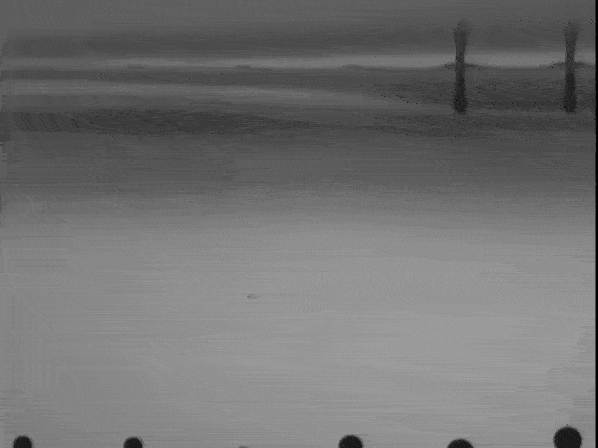
Drop On Demand as seen from a Drop Watcher.
This method is used to create images or text on printing surfaces selectively, and there are two main approaches to implement DOD technology: thermal and piezoelectric.
Drop-on-demand thermal technology:
In Thermal Inkjet printers the process that the printhead follows goes through harnesses heat to generate a vapor bubble that selectively ejects ink droplets in this way:
-
1. Ejection Chamber:
- The printer has an ejection chamber that contains ink.
2. Fast Heating:
- When printing is required, a small heating element inside the chamber heats up quickly.
-
3. Bubble Formation:
- Heating causes the rapid formation of a vapor bubble in the ink.
-
4. Droplet ejection:
- The vapor bubble forces the ejection of an ink droplet through a small hole in the printhead onto the print Surface.
Piezoelectric drop-on-demand technology:
In contrast, in High Resolution Inkjet printers, a piezoelectric head is used to achieve the highest quality printing and which works from this process:
-
1. Piezoelectric Crystal:
- Instead of heat, a piezoelectric crystal is used in the print head.
2. Crystal Deformation:
- When a voltage is applied to the crystal, it deforms, generating a pressure wave.
-
3. Droplet Ejection:
- The pressure wave forces the ejection of an ink droplet through the nozzle orifice onto the printing surface.
-
4. Precise Control:
- Piezo technology allows precise control over droplet size and velocity, which contributes to high print resolution.
And this is what the "Piezos" look like when a certain voltage is applied to the walls to make them move and create a wave that lets the ink droplets pass through.
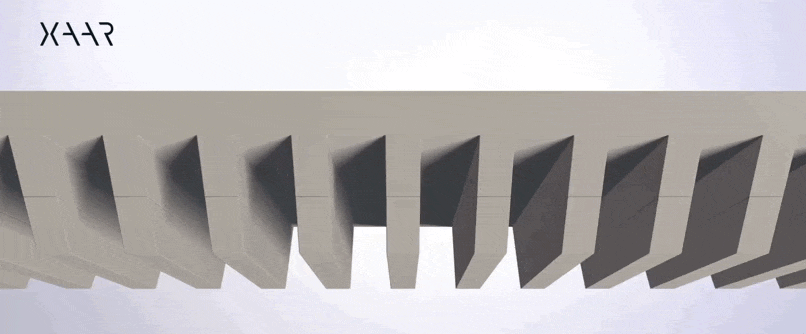
Xaar Plc. (January 8, 2021). Shared-Wall Animation
Our range of high resolution inkjet printers, also called APLINK, have this technology in all their heads and are suitable for coding all types of secondary packaging.
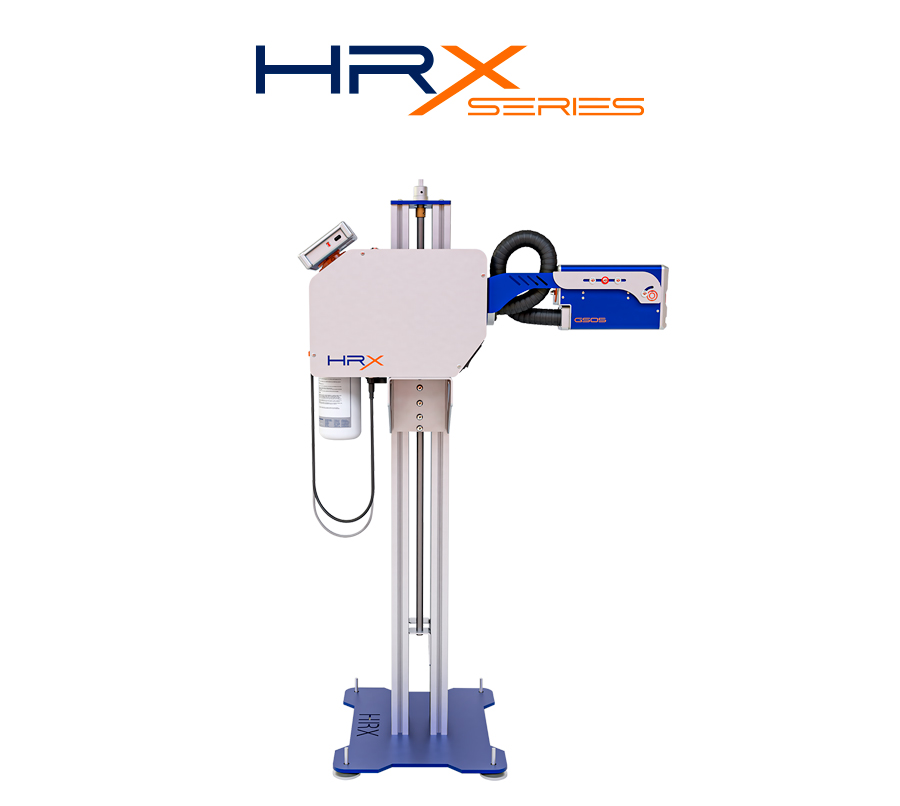
APLINK HRX Series
High grayscale resolution
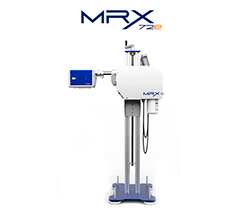
APLINK MRX72e
Direct printing on any surface
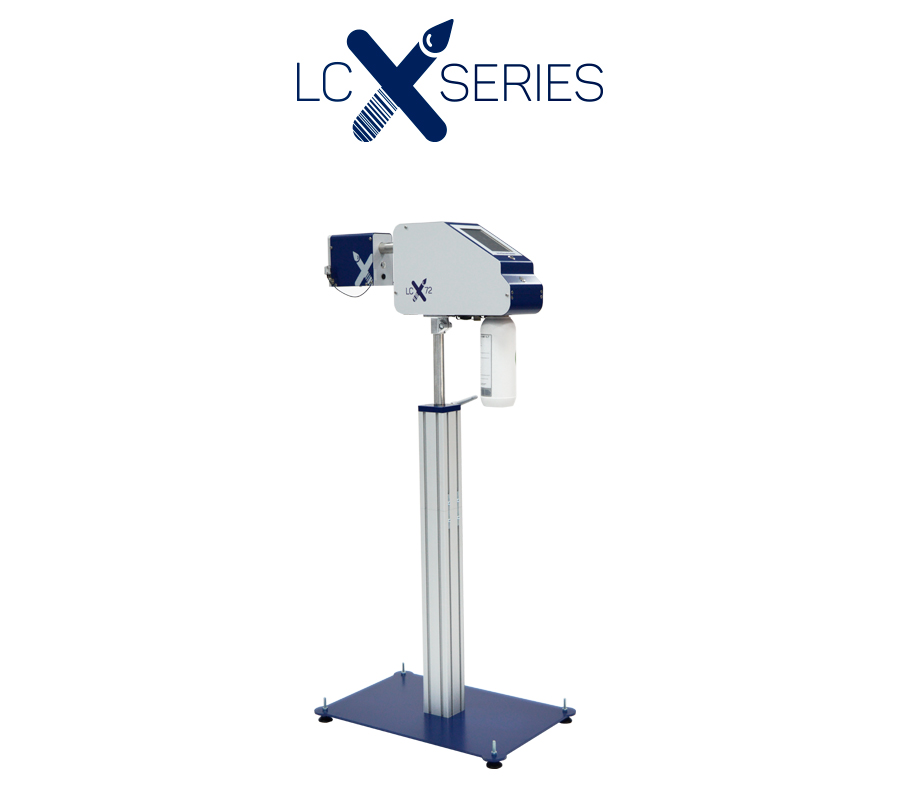
APLINK LCX Series
Maximum cost savings
What are the benefits and challenges of DOD?
Drop on Demand (DOD) technology has its own benefits and challenges. Here are some of them:
DOD Benefits:
-
High Resolution:
DOD technology, especially the piezoelectric variant, enables high print resolution. Selective droplet ejection enables the creation of fine details in printed images.
-
Ink Variety:
DOD can support a variety of inks, including water-based inks, pigmented inks and specialty inks such as our UV. This provides flexibility in ink choice depending on the specific application.
-
Efficient Ink Usage:
DOD technology uses the required amount of ink to print, which can make it more efficient in terms of ink consumption compared to other technologies.
-
Less Maintenance
Compared to other printing technologies, DOD may require less constant maintenance, as droplets are ejected only when necessary, reducing wear and tear on components.
DOD Challenges:
-
Print Speed:
Compared to some other printing technologies, DOD's print speed can be slower, especially in high-production applications. Yet as we detailed at the beginning of the article, the speed is slower because the secondary packaging, the amount of information and the quality of the print require it.
-
Initial Cost:
DOD printers, especially those using piezo technology, can have a higher initial cost compared to some continuous printing technologies, which is totally understandable considering that the more technology a piece of equipment has, the higher the cost but also the return on your investment.
-
Possible Satellite Droplet Formation:
In certain cases, the formation of satellite droplets (smaller droplets that break off from a main droplet) can occur, which can affect print quality. Fortunately, United Barcode Systems has the "printer - ink" binomial to avoid the formation of satellite droplets, which we discuss in more detail at the end of the article.
Continuous Inkjet (CIJ) vs Drop On Demand (DOD)
|
Feature |
Continuous Inkjet (CIJ) |
Drop on Demand (DOD) |
| Activity | Continuous, constantly ejects ink | Selectively ejected droplets |
| Direct Contact Required | ✔️ No contact is necessary for printing | ✔️ No contact is necessary for printing |
| Print Speed | ✔️ High (ideal for high speed production lines) | ✔️ High (ideal for high resolution and secondary packaging) |
| Efficient Ink Usage | ✔️ Yes, ink recycling | ✔️ Yes, use as much as necessary |
| Selective Droplet Ejection | ❌No | ✔️Yes |
| Resolution | ❌ Lower resolution in comparison. | ✔️ Higher resolution |
| Variety of Inks | ➖ Limited to specific types | ✔️ Supports a variety of inks |
| Constant Maintenance | ❌ May require more maintenance | ✔️ Less maintenance |
The choice between CIJ and DOD will depend on the specific needs of the application, the details of the design and the print speed required by the customer.
However, the CIJ system faces a number of technical challenges that remain to be addressed, such as the presence of impurities in the recycled ink droplets, which can compromise print quality by amalgamating as they return to the reservoir. Technological progress in this area over the next few years will significantly determine the competitive position of this solution compared to DOD.
Why is APLINK different?
APLINK, our range of High Resolution Inkjet printers, has several strengths over other alternatives on the market for secondary case coding:
-
Unlike CIJ solutions, we do NOT use solvent inks. To carry out the coding we use ECO inks designed and manufactured 100% in-house and which are free of mineral oils, thus allowing for the recycling of corrugated cardboard and the requirements of the FEFCO.
-
Unlike DOD solutions with thermal on-demand technology, the printheads of our printers have piezoelectric technology which ensures greater printing accuracy. Thermal DOD printheads heat the ink bubble and it simply exits the nozzle as it is formed. With piezo DOD heads, droplets of uniform size can be generated and ejected at set speeds to create more accurate and contrasting prints.
What is the "Printer - Ink" binomial?
Most inkjet printer manufacturers use the waveforms that the printhead brands specify to be used. These instructions achieve the expected result as long as the customer uses the same ink that the brands have used when testing their printheads, but when a different ink is used, the print results can be affected.
With APLINK this does not happen, why is this? It is due to what we call the "printer-ink binomial". A union that comes from the chemists and engineers at United Barcode Systems. The knowledge we have of the behaviour of our inks allows us to design specific waveforms that enhance the output of our printers.
Ink viscosity is also a very important variable in printing and is affected by the temperature of the environment. The so-called compensation curves of our heated printheads allow the ink droplets to be projected at the same speed and have the same volume, resulting in sharp prints despite varying or extreme temperature environments.

